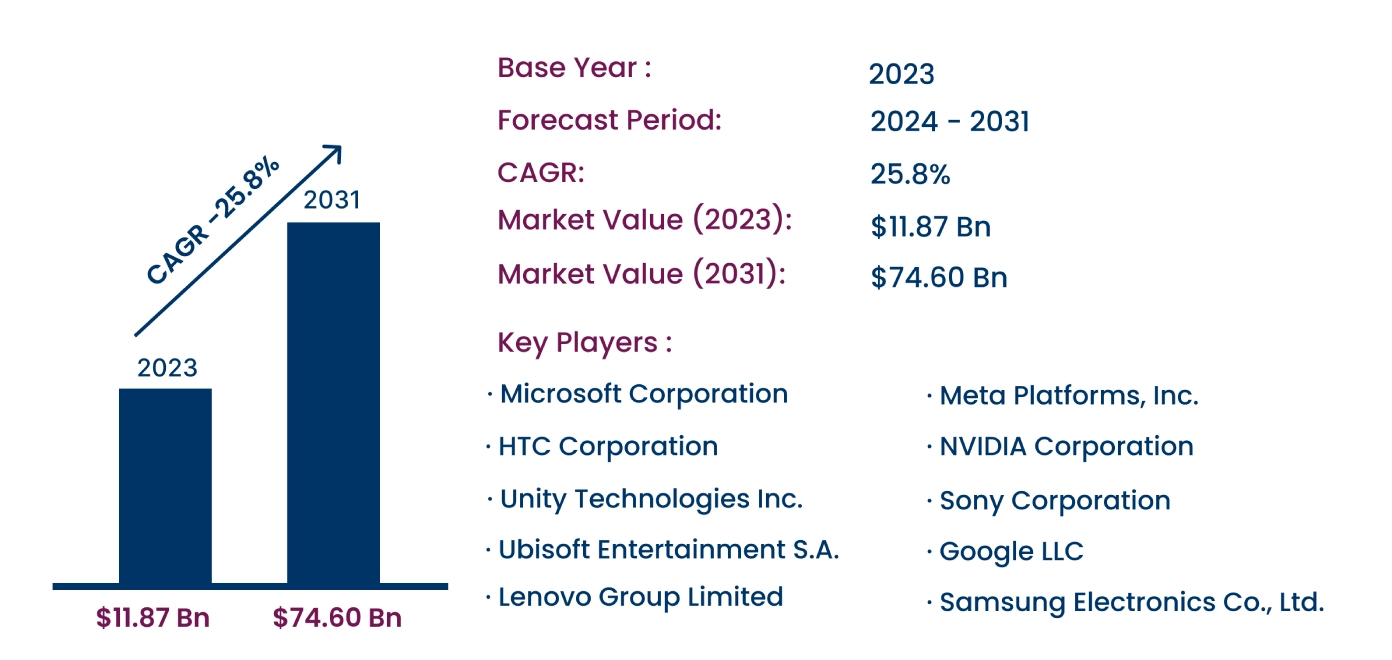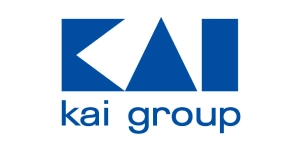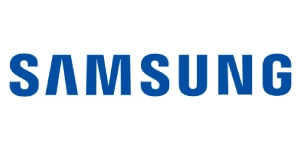Global Virtual Reality in Gaming Market to Reach USD 74.60 Billion by 2031 | CAGR of 25.8%
Category : IT And Telecommunications | Published Date : Nov 2024 | Type : Press Release
Virtual Reality in Gaming Market Scope & Overview:
As per the Consegic Business Intelligence newly published report, the Virtual Reality in Gaming Market was valued at USD 11.87 Billion in 2023 and is projected to reach USD 74.60 Billion by 2031, growing at a CAGR of 25.8% from 2024 to 2031. Virtual reality in gaming leverages near-eye display technology to create an immersive simulated environment, offering users a 360-degree, interactive experience. VR gaming provides unique benefits, including enhanced engagement, safe simulated environments, and experiential learning, appealing to a wide range of applications in entertainment, training, and healthcare.
The report comprises the Virtual Reality in Gaming Market Share, Size & Industry Analysis, By Type (Fully Immersive, Semi Immersive, Non-Immersive, Augmented, Collaborative VR), Device (Head Mounted Display (HMD), Gesture-Tracking Device (GTD), Projectors & Display Walls (PDW)), Component (Hardware, Software), Connected Device (Gaming Console, PC/Desktop, Smartphones), End Use (Individual, Commercial), and By Region (North America, Europe, Asia-Pacific, Latin America, Middle East & Africa), and Forecast, 2024-2031.
The report contains detailed information on Virtual Reality in Gaming Market Trends, Opportunities, Value, Growth Rate, Segmentation, Geographical Coverage, Company Profile, In-depth Expert Analysis, Revenue Forecast, Competitive Landscape, Growth Factors, Restraints or Challenges, Environment & Regulatory Landscape, PESTLE Analysis, PORTER Analysis, Key Technology Landscape, Value Chain Analysis, and Cost Analysis.
Integration with gaming consoles and continuous technological advancements drive the market, while cloud-based VR gaming offers emerging growth opportunities.
Segmental Analysis :
Based on type, the market is segmented into fully immersive, semi-immersive, non-immersive, augmented, and collaborative VR.
- Fully immersive VR held the largest share in 2023, due to its extensive application in gaming, providing users with an engaging, life-like experience.
- Semi-immersive VR is expected to grow at the fastest CAGR, combining real and virtual environments, making it ideal for training and educational purposes.
Based on the device, the market includes head-mounted displays (HMD), gesture-tracking devices (GTD), and projectors & display walls (PDW).
- Head-mounted displays (HMD) dominated with a 57.14% revenue share in 2023, driven by affordable prices and advancements in VR display technology.
- Gesture-tracking devices (GTD) are projected to grow rapidly, with features like 3D motion tracking and object manipulation enhancing interactivity.
Based on components, the market is categorized into hardware and software.
- Hardware accounted for the largest revenue share in 2023, supported by technological advancements in VR headsets and consumer demand for immersive experiences.
- Software is expected to grow fastest, driven by the need for realistic VR environments and the rise of cloud-based VR solutions.
Based on connected devices, the market is segmented into gaming consoles, PC/desktops, and smartphones.
- Gaming consoles held the largest share in 2023, with VR integration and exclusive VR content enhancing the user experience.
- PC/Desktop is expected to grow at a notable CAGR, driven by high-performance gaming PCs that support immersive VR experiences.
Based on end use, the market includes individual and commercial applications.
- Individual segment led the market in 2023 and is anticipated to register the highest CAGR, propelled by social VR gaming experiences and increased availability of VR games.
Based on regions, the global market is segmented into North America, Europe, Asia-Pacific, Middle East & Africa, and Latin America.
- Asia-Pacific led the market in 2023, with a high concentration of VR adoption in gaming, particularly in China, holding a 31.8% share.
- North America is anticipated to grow significantly, supported by strategic collaborations and investments in VR gaming, especially in the U.S.
| Report Attributes | Report Details |
| Study Timeline | 2018-2031 |
| Market Size in 2031 | USD 74.60 Billion |
| CAGR (2024-2031) | 25.8% |
| By Type | Fully Immersive, Semi Immersive, Non-Immersive, Augmented, Collaborative VR |
| By Device | Head Mounted Display (HMD), Gesture-Tracking Device (GTD), Projectors & Display Walls (PDW) |
| By Component | Hardware, Software |
| By Connected Device | Gaming Console, PC/Desktop, Smartphones |
| By End Use | Individual, Commercial |
| By Region | North America(U.S., Canada, Mexico) Europe(U.K., Germany, France, Spain, Italy, Russia, Benelux, Rest of Europe) APAC(China, South Korea, Japan, India, Australia, ASEAN, Rest of Asia-Pacific) Middle East & Africa(GCC, Turkey, South Africa, Rest of MEA) LATAM(Brazil, Argentina, Chile, Rest of LATAM) |
Top Key Players & Competitive Landscape :
The competitive landscape encompasses major innovators, aftermarket service providers, industry giants, and niche players, all of which are thoroughly examined by Consegic Business Intelligence in terms of their strengths, weaknesses, and value-addition potential. This report includes detailed profiles of key players, market share analysis, mergers and acquisitions, resulting market fragmentation, and emerging partnership trends and dynamics.
List of prominent players in the Virtual Reality in Gaming Industry:
- Microsoft Corporation (United States)
- Meta Platforms, Inc. (United States)
- HTC Corporation (Taiwan)
- NVIDIA Corporation (United States)
- Unity Technologies Inc. (United States)
- Sony Corporation (Japan)
- Ubisoft Entertainment S.A. (France)
- Google LLC (United States)
- Lenovo Group Limited (China)
- Samsung Electronics Co., Ltd. (South Korea)
Recent Industry Developments :
- In 2024, major franchises announced VR-exclusive titles, including Alien: Rogue Incursion, Batman: Arkham Shadow, and Metro: Awakening, offering unique VR experiences in popular gaming universes.
- In February 2023, Sony released the PlayStation VR2, with haptic feedback, adaptive triggers, and headset vibrations, delivering a next-level VR gaming experience.












